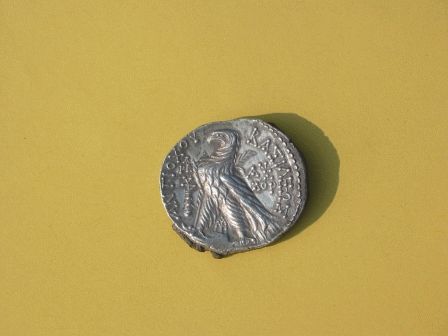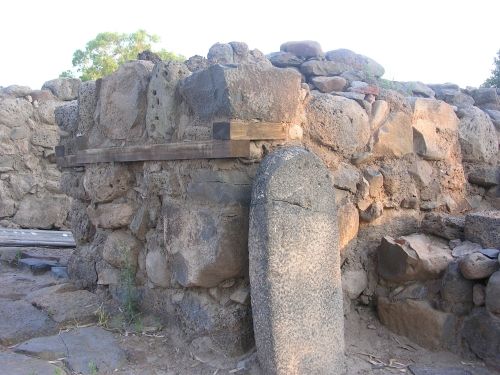In the Field: New Finds at Bethsaida Highlight the Fifth Week of Excavations
The fifth week of excavations at the site of ancient Bethsaida in Israel have recently revealed some interesting new finds.........particularly in the area where Hellenistic/Roman period remains are being uncovered. Among the discoveries: a wine cellar and a well-preserved Hellenistic silver coin. Visit the website for more information.




